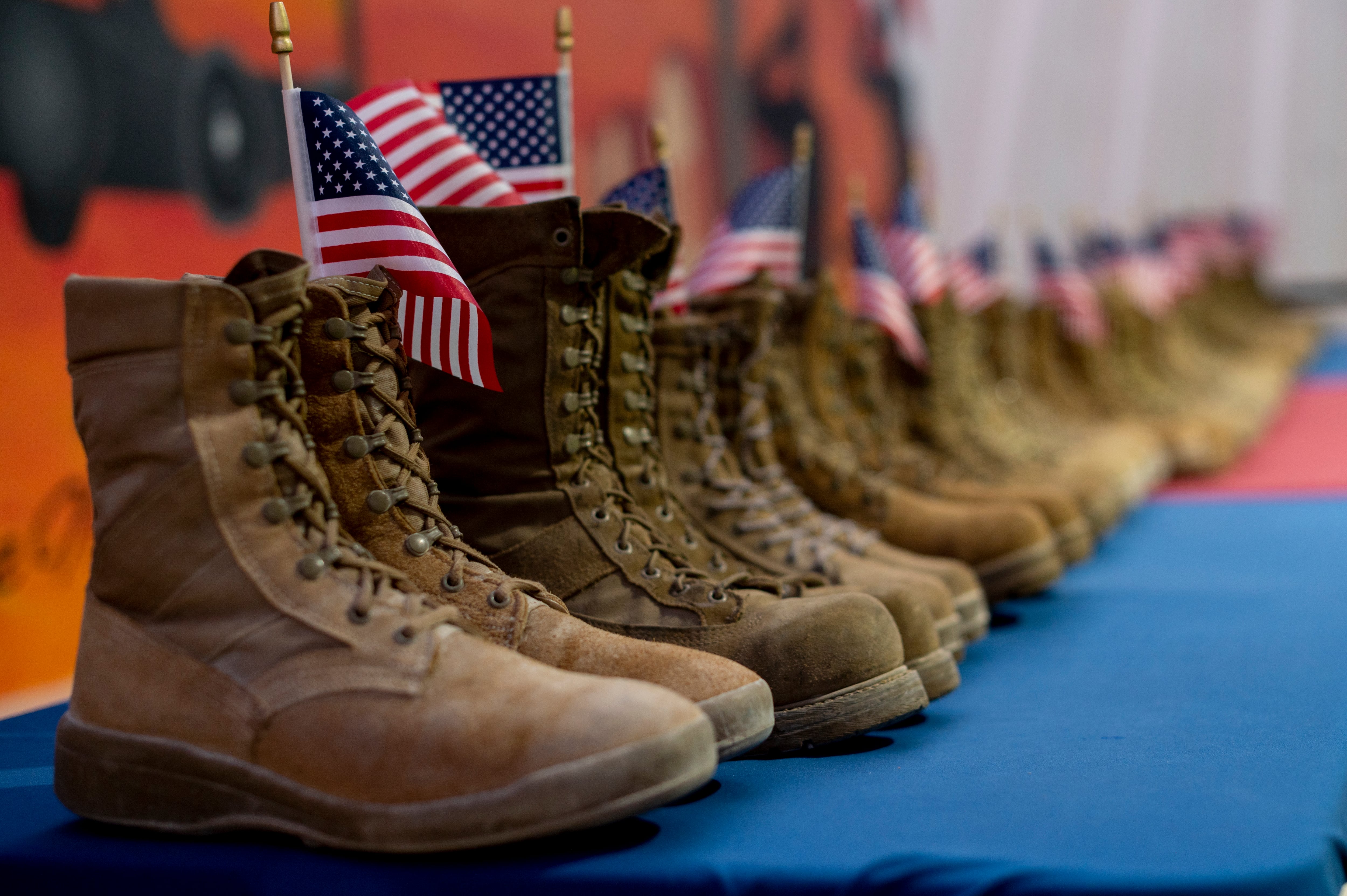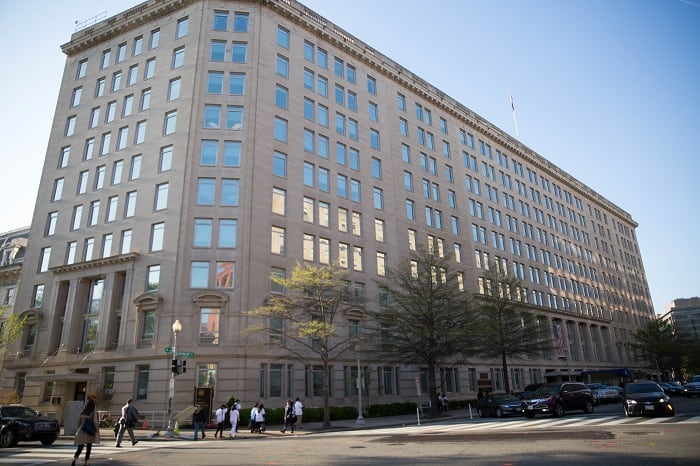Veterans Affairs leaders are dismissing accusations that they are significantly undercounting suicides among veterans, saying that a recent critical outside analysis relied on problematic comparisons that confused the issue.
Earlier this month, department officials released their annual report on veterans suicide, showing a decrease in deaths of nearly 10% from 2018 to 2020 (the latest year for which census data is available).
A total of 6,146 veterans died by suicide in 2020, the lowest total reported by VA since 2006. Despite that positive news, the rate of veterans suicide remains close to 17 deaths a day, and veterans are significantly more likely to die by suicide than their civilian counterparts.
RELATED

During testimony before the House Veterans’ Affairs Committee on Thursday, department leaders said they are hopeful that the positive data is the result of years of policy work on the issue.
“This year’s report shows real progress, but there’s still so much work to be done,” said Dr. Tamara Campbell, acting executive director of VA’s Office of Mental Health and Suicide Prevention. “Suicide is preventable, and each of us have a role to play.”
But Campbell and other VA officials faced questions from lawmakers over whether that positive news was undercut by a report from America’s Warrior Partnership, released two weeks ago, that estimated the suicide rate may be 2.5 times higher than the reported rate, once drug overdoses and misreported accidental deaths are included.
AWP officials said the goal of their work was not to condemn federal researchers for their estimates but to highlight other areas of concern that need to be factored into suicide prevention policy in coming years.
But VA witnesses at the committee hearing said those numbers don’t fit with the annual, scientific reviews the department conducts each year, and give a misleading impression that the department is overlooking thousands of preventable deaths.
“Making distinctions is important in terms of the intervention,” said Dr. Lisa Brenner, director of Rocky Mountain Mental Illness Research Education and Clinical Center. “Labeling all deaths by overdose could cause us to provide inappropriate intervention. So, to say that all overdose deaths are suicides could lead us to a level of ineffectiveness.”
The AWP report is also based on estimates calculated from data provided by eight states, rather than federally reviewed census data for all 50 states and territories. It also includes deaths among Coast Guard members and other groups involved with military service but not classified as Defense Department veterans.
RELATED

“I would not be sitting in front of you if I did not have 100% confidence in the data that we present on an annual basis,” said Dr. Matt Miller, VA’s national director of suicide prevention. “This report represents the fullest and most accurate information that we have on veteran suicide.”
Jim Lorraine, president of AWP, testified after the VA officials’ remarks and said the group’s findings point towards the need for better monitoring and different kinds of intervention than are currently in place.
“Our data reflects that there is still significant work to be done,” he said. “VA must be more open and transparent about their data … and investigate self-injury mortality further.”
AWP officials said they hope to expand their research in coming years. VA officials said they are regularly working to improve their data collection and research, but remain confident in their current methods.
Veterans in need of emergency counseling can reach the Veterans Crisis line by dialing 988 or 1-800-273-8255 and selecting option 1 after connecting to reach a VA staffer. In addition, veterans, troops or their family members can also text 838255 or visit VeteransCrisisLine.net for assistance.
Leo covers Congress, Veterans Affairs and the White House for Military Times. He has covered Washington, D.C. since 2004, focusing on military personnel and veterans policies. His work has earned numerous honors, including a 2009 Polk award, a 2010 National Headliner Award, the IAVA Leadership in Journalism award and the VFW News Media award.




